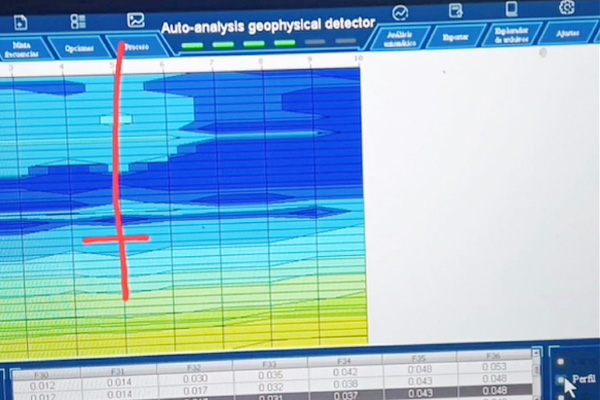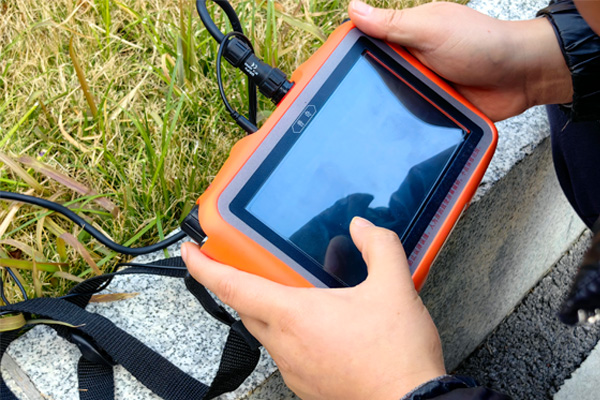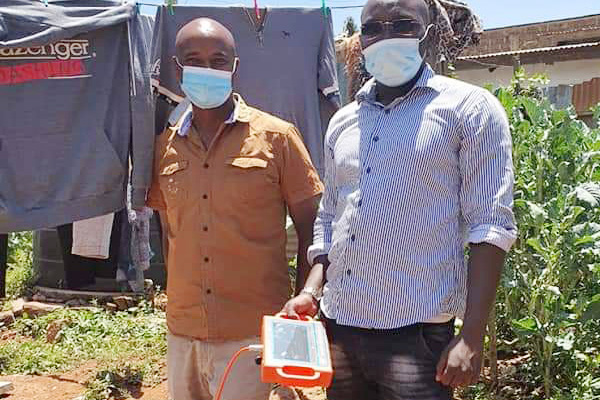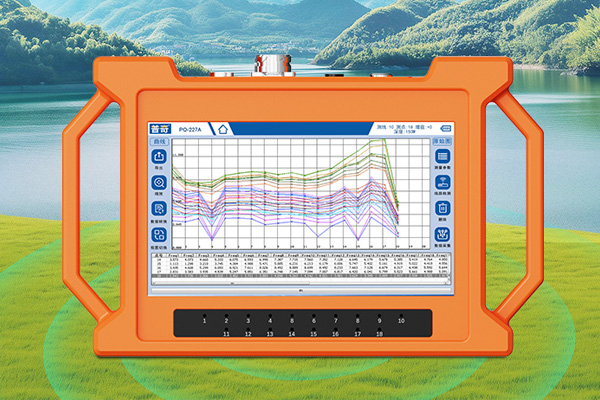As one of the crucial fire fighting facilities in a building, fire piping bears the heavy responsibility of extinguishing flames and rescuing people and materials in a timely manner when a fire occurs. However, due to a variety of reasons such as aging, corrosion, and wear and tear of pipes, the problem of fire pipe leakage occurs from time to time. This problem not only affects the normal operation of fire protection facilities, but also may lead to greater safety accidents, therefore, the fire pipeline leakage detection is particularly important.
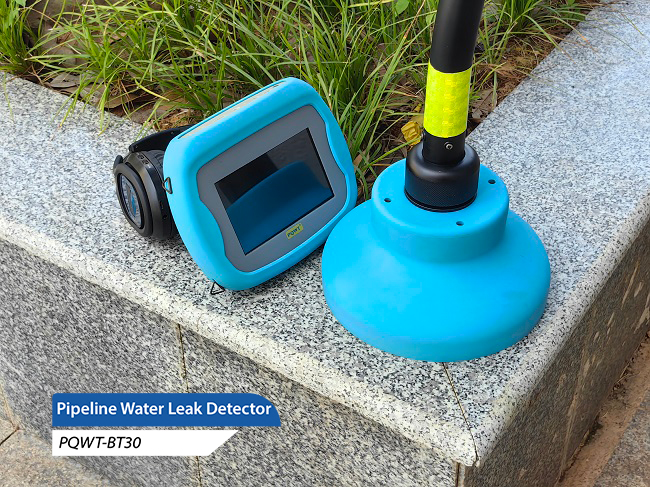
First, the importance of fire pipe leakage detection
Water leakage in fire fighting pipelines may lead to a decrease in water pressure, affecting the fire fighting effect, and even in some cases, due to water erosion, the leakage point may gradually expand, triggering more serious safety accidents. Therefore, timely detection and treatment of water leakage is the key to ensure that fire protection facilities can function at critical moments. This is not only about the safety of the building, but also about the safety of people's lives and property.
Second, the methods and steps of water leakage detection
For the fire pipeline leakage detection, we usually use a combination of methods to improve the accuracy and efficiency of detection.
1. Observation method: first of all, through the naked eye to observe the appearance of the fire pipeline, check whether there is corrosion, deformation, cracks and other obvious signs. This method is suitable for scenes where water leakage is more obvious.
2. Auditory method: in a quiet environment, close to the pipeline to listen carefully to find whether there is dripping sound or water flow sound. This method applies to the leakage is more weak, difficult to directly observe the scene.
3. Test method: by closing the pipeline valve, observe the changes in the pressure gauge, so as to determine whether the pipeline leakage. This method is suitable for hidden water leakage.
4. Instrument method: Use professionalwater pipe detector, such as acoustic wave detector, electromagnetic detector, etc., to accurately detect the pipes through acoustic wave, electromagnetic and other ways. This method is suitable for complex piping systems and can find tiny water leakage points.
III. Prevention and treatment of water leakage
In order to effectively prevent and deal with the water leakage problem of fire pipelines, we need to take a series of measures:
1. Regular inspection: regular comprehensive inspection of fire piping, timely detection and treatment of potential problems.
2. Timely maintenance: Once leakage problems are detected, immediate measures should be taken to carry out repairs to prevent the leakage situation from worsening.
3. Replacement of old pipes: For old and seriously damaged pipes, new pipes should be replaced in time to ensure the normal operation of fire protection facilities.
4. Strengthen training: Improve the skill level of relevant personnel and strengthen training so that they can better maintain and manage fire fighting pipes.
5. Establish an emergency plan: For possible water leakage accidents, establish an emergency plan to ensure that the accident can be quickly responded to and dealt with.
IV. Measures to strengthen the water leakage detection of fire pipelines
In order to further enhance the effectiveness of fire pipe leakage detection, we also need to take the following measures:
1. Establishment of a detection system: the development and regular implementation of fire pipe leakage detection system to ensure that each pipe can be timely and comprehensive testing.
2. Strictly control the quality of materials: select pipeline materials of good quality to reduce the occurrence of water leakage from the source.
3. Optimize the design: When designing and installing fire fighting pipelines, fully consider the pipeline direction, support, elbow and other links to reduce the occurrence of water leakage accidents.
4. Enhance maintenance: Regularly clean, maintain and repair fire pipelines to ensure that the pipelines are unobstructed and reduce the risk of water leakage.
5. Training and drills: Conduct regular training and drills for relevant personnel to improve their skill level and emergency response capability.
6. Establishment of emergency response team: Establish a professional emergency response team to be ready to respond to sudden water leakage accidents, and to ensure that they can respond and deal with the accidents quickly when they occur.
7. Make records and reports: Make detailed records of the testing and maintenance process, and report to the superior in time, so as to take timely measures to solve the problem.
V. Summarize
Fire pipe leakage detection is a key link to ensure the normal operation of fire protection facilities and prevent fire and other safety accidents. By strengthening the fire pipe leakage detection, we can find and deal with the leakage problem in time to ensure that the fire fighting facilities can play a role at the critical moment. Therefore, we should fully recognize the importance of fire pipe leakage detection, and take effective measures to strengthen the detection and maintenance work to provide strong protection for the safety of buildings. At the same time, we also need to continuously improve the skill level and emergency response capability of relevant personnel to cope with the possible emergence of the various
Translated with DeepL.com (free version)





